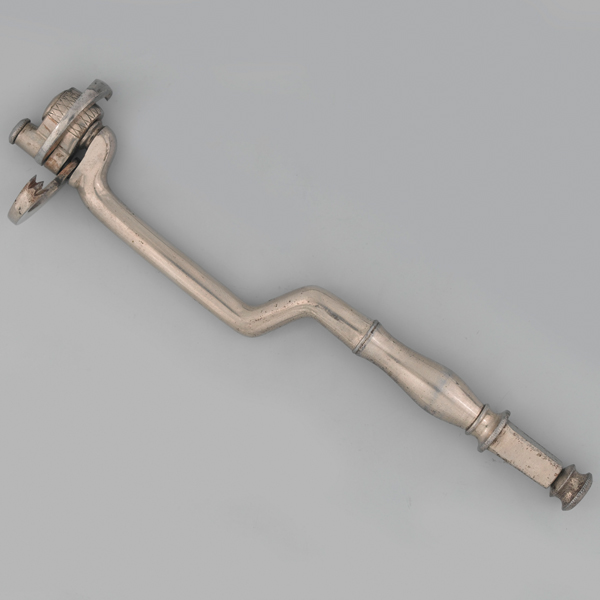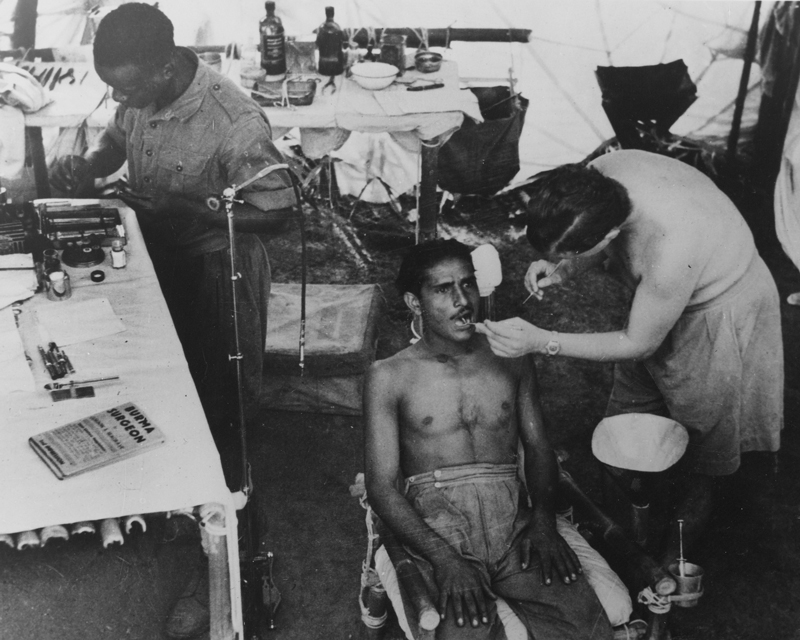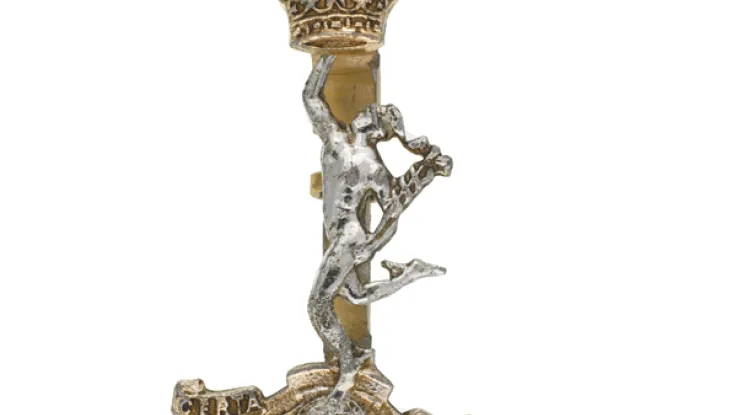Origins
Prior to the Army-wide introduction of the rifle in the mid-19th century, soldiers needed healthy teeth to bite open their powder cartridges. A decent standard of oral hygiene was therefore one of the entry requirements for new recruits.
It was also recognised that rotten teeth could weaken the Army’s fighting capabilities. During the Boer War (1899-1902), around 2,000 soldiers were evacuated back to Britain and another 5,000 classed as unfit for duty in the field owing to dental health issues.
In 1901, with dental care becoming increasingly sophisticated, dentists were eventually formed into a distinct service within the Royal Army Medical Corps (RAMC).
Quiz
Which mythical beast is depicted on the badge of the Royal Army Dental Corps?
The dragon and the corps motto, 'Ex Dentibus Ensis' (‘From the teeth, a sword’), both refer to an Ancient Greek legend. Cadmus, a mythical king and founder of Thebes, is said to have buried the teeth of a slain dragon only for a host of armed men to spring suddenly from the ground.
20th century
The workload of the dental service increased hugely during the First World War (1914-18) as the Army expanded. By 1918, there were 850 dental officers in the RAMC.
In 1921, in recognition of their services, dentists were withdrawn from the RAMC to form a corps of their own. It was also accepted that a formal dental organisation was needed to reduce the wastage of soldiers who were otherwise fighting-fit aside from their dental problems.
Dentists served in all the main theatres of the Second World War (1939-45). Their contribution during this conflict gained the Dental Corps a ‘Royal’ prefix in 1946.
In the post-war era, members of the corps served in Malaya (1948-60), Korea (1950-53), Kenya (1952-60), Cyprus (1954-59), Northern Ireland (1969-2007) and the Falklands (1982). More recently, personnel have been deployed to Iraq (2003-11) and Afghanistan (2001-14).
Legacy
In 2024, King Charles III approved the amalgamation of the Royal Army Dental Corps, the Royal Army Medical Corps and the Queen Alexandra's Royal Army Nursing Corps to form the Royal Army Medical Service.
Regimental museums
The National Army Museum works with a network of Regimental and Corps Museums across the UK to help preserve and share the history and traditions of the Army and its soldiers.
Discover more about the Royal Army Dental Corps by visiting The Museum of Military Medicine in Mytchett, Surrey.










